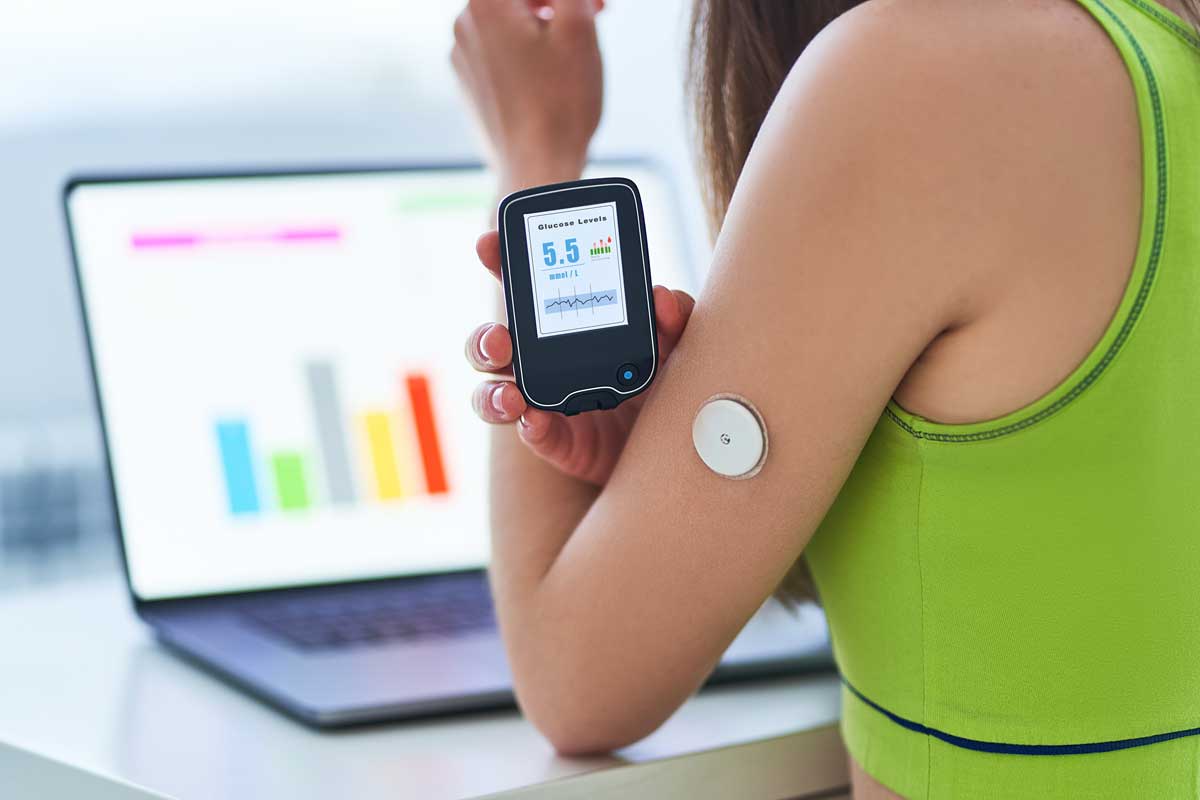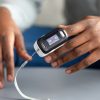- Empty cart.
- Continue Shopping
How to Use a Blood Glucose Monitor Correctly

Monitoring blood glucose levels is a crucial aspect of diabetes management. A blood glucose monitor allows you to keep track of your sugar levels, helping you make informed decisions about your diet, exercise, and medication. However, the effectiveness of this tool depends on how accurately it’s used.
Why Accurate Monitoring is Essential
Informed Decision-Making
Accurate readings enable you to make informed decisions about your lifestyle choices and medication dosage, helping you maintain optimal blood sugar levels.
Early Detection of Fluctuations
Regular and accurate monitoring can help you detect any sudden spikes or drops in your blood glucose levels, allowing for timely intervention.
Long-Term Health Benefits
Proper blood glucose management can reduce the risk of complications such as heart disease, kidney failure, and nerve damage.
Steps for Using a Blood Glucose Monitor
Step 1: Gather Your Supplies
Make sure you have all the necessary supplies at hand:
- Blood glucose monitor
- Test strips
- Lancets
- Alcohol wipes
Step 2: Wash Your Hands
Wash your hands thoroughly with soap and water. This ensures that no contaminants affect the test results.
Step 3: Insert the Test Strip
Insert a new test strip into the monitor. Make sure the monitor is clean and free from any debris.
Step 4: Prepare the Lancet Device
Load a new lancet into the lancet device and adjust it to the appropriate depth setting. The depth setting may vary depending on the thickness of your skin.
Step 5: Clean the Test Area
Use an alcohol wipe to clean the area where you’ll draw blood, usually the fingertip. Allow it to air dry.
Step 6: Draw Blood
Use the lancet device to prick your fingertip. Gently squeeze your finger to produce a small blood droplet.
Step 7: Apply Blood to Test Strip
Touch the edge of the test strip to the blood droplet, allowing the strip to absorb the blood.
Step 8: Read the Result
Wait for the monitor to display the result, which usually takes a few seconds. Record the reading in your logbook or digital tracking app.
Step 9: Dispose of Supplies Properly
Dispose of the used lancet and test strip in a designated sharps container.
Tips for Accurate Readings
Calibrate the Monitor
Some monitors require calibration with each new set of test strips. Make sure to follow the manufacturer’s instructions for this.
Check Expiry Dates
Always check the expiry dates on your test strips and lancets. Expired supplies can give inaccurate results.
Store Supplies Correctly
Store your test strips and lancets in a cool, dry place to ensure they remain effective.
Conclusion
Using a blood glucose monitor correctly is vital for effective diabetes management. By following the proper steps and tips for accurate readings, you can make well-informed decisions that contribute to your long-term health. Remember, when in doubt, consult your healthcare provider for personalized guidance and recommendations. Monitoring your blood glucose is not just about numbers; it’s about taking control of your health and living a fuller, healthier life.








